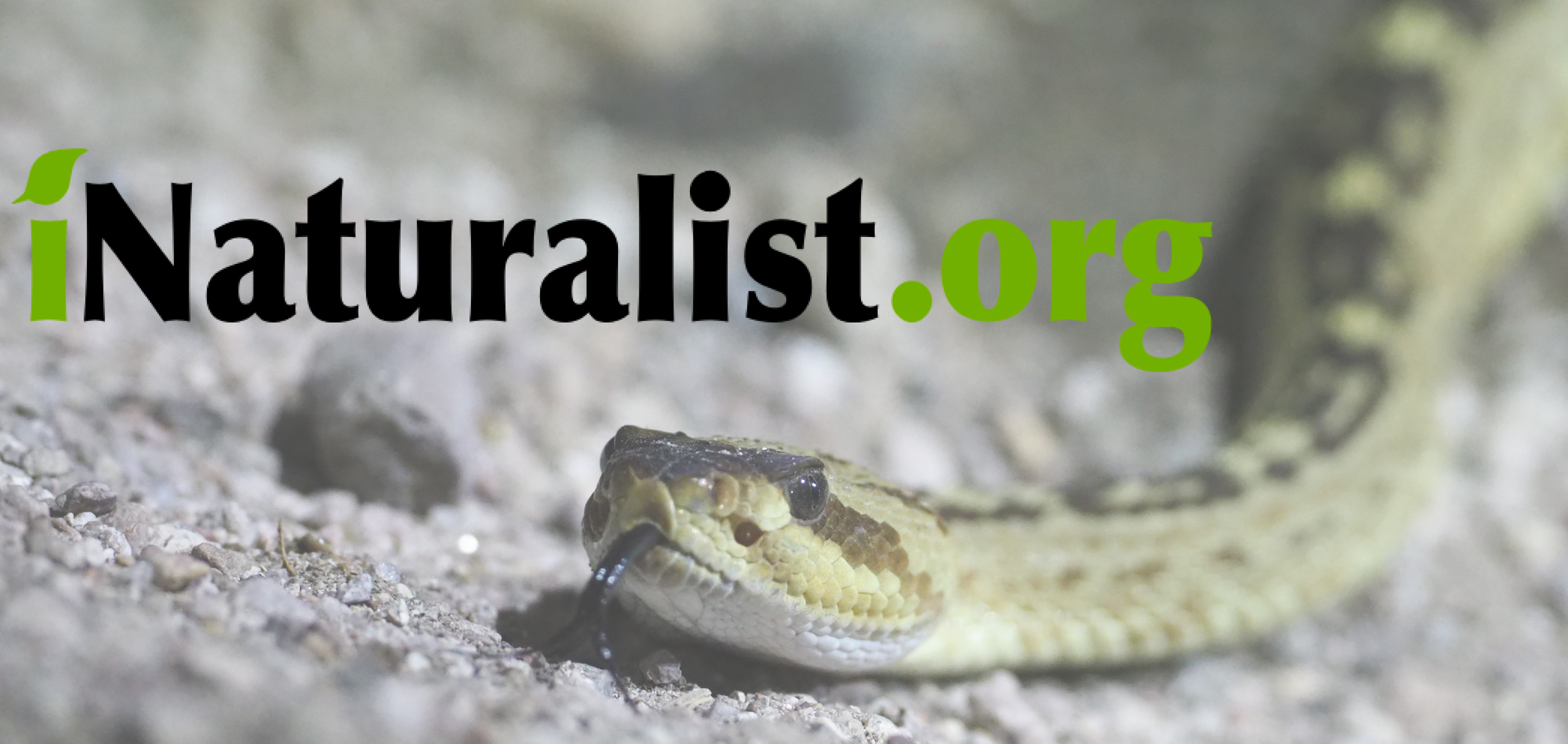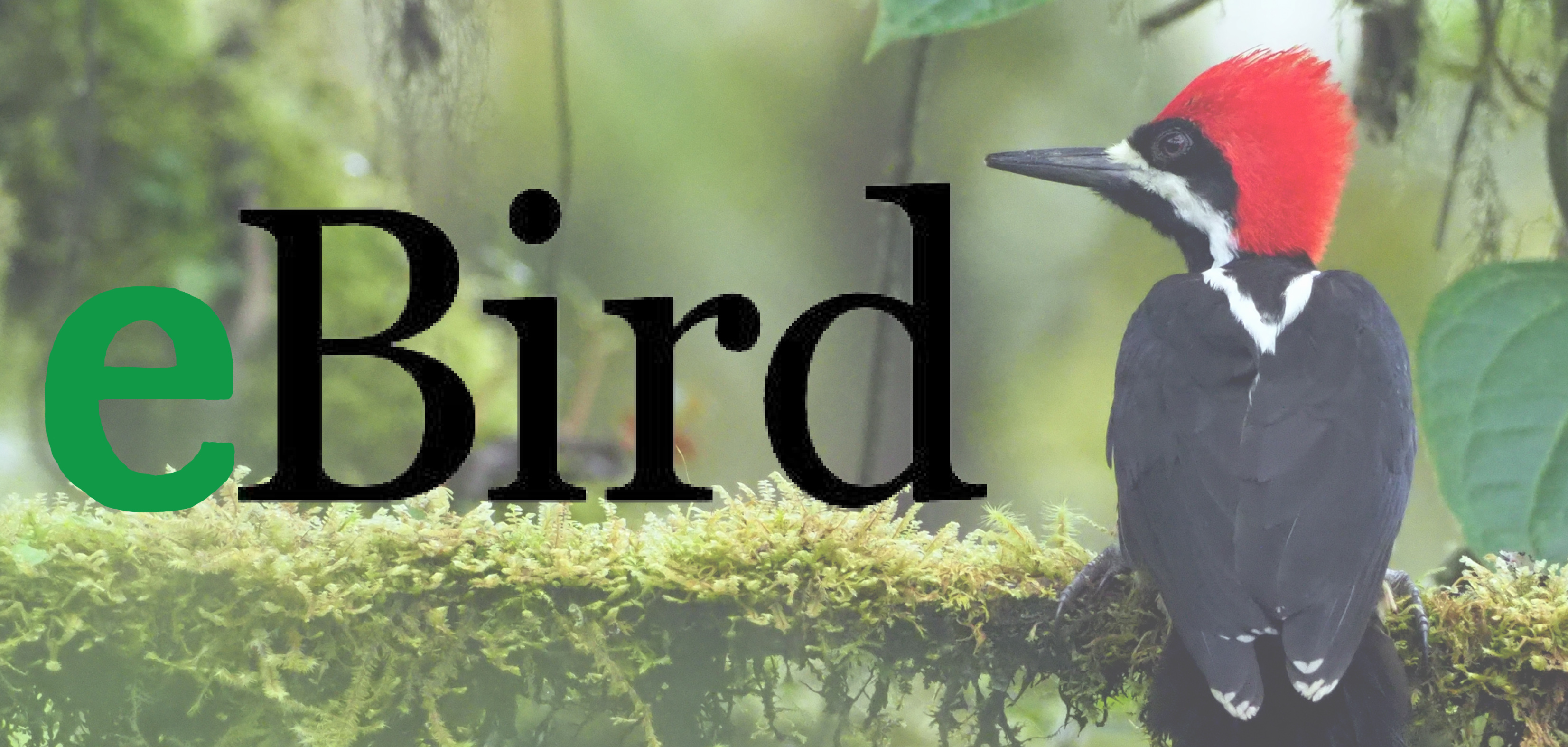Camps Blog: Guest Post by Intern Maggie Wolf
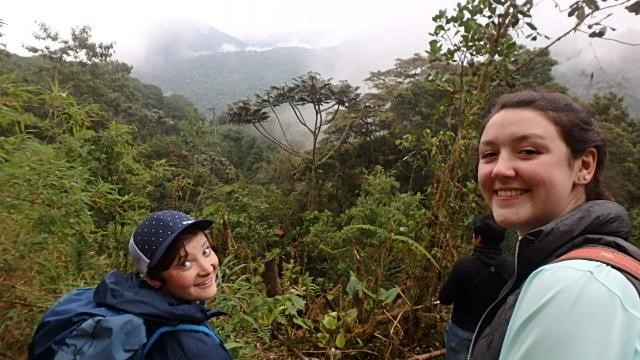
Hello everyone, my name is Maggie Wolf, and I am a freshman at the University of Evansville majoring in Biology. I attended the Sternberg Paleontology, Southwest Biology and Expedition Ecuador camps, all of which provided me with amazing experiences and helped me learn more about the things I love. At the end of last summer, I was provided with a new opportunity: to work on data curation for the high school camps, which involved organizing the photos and notes taken at each camp into a coherent set of data. It has provided me with new challenges that, when overcome, have been very rewarding.
The goal of the data curation position is to establish a data set for the high school biology camps. At each camp, students and instructors take field notes and record when and where they observe different organisms. Students also take photos of the organisms seen, which, when coupled with the field notes, means that an enormous amount of data is collected at each camp. As birds are a particular interest of mine, I started there, sorting the photos by date and then species. Each set of observations was entered into eBird, an online database of bird sightings that spans the globe. In the end, 48 separate lists of birds were entered that included a total of 201 different bird species. Each sighting was then entered into iNaturalist, a similar website that allows you to enter observations or help others identify what they have seen. This site allows for entry of any living organism, vastly expanding the number of entries possible. In the end, 673 observations were entered, 259 of which have been deemed research grade. Incredibly, 496 different species were documented at the high school camps last summer!
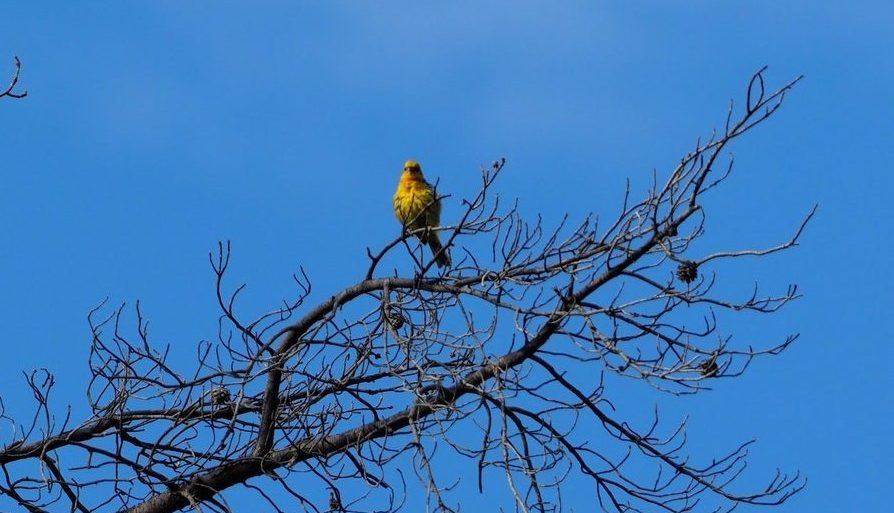
However, it was not without complications. For each observation, I had to determine where an organism was seen primarily based on when it was observed. This was complicated by the many time changes we experienced, meaning the time recorded in the field notes was not always the time the camera recorded for each photo. This meant I had to double and triple check that the correct time and place was associated with each photograph. Having time stamped photos was helpful several times though. In most cases, it is easier to identify an organism in real life because you can gather information from its appearance as well as its behavior. Several organisms that were harder to identify in photos lined up with observations in my field notes, letting me make more accurate identifications. One of the hardest tasks was identifying unknown organisms that were photographed. Without the context I would normally get (like their habitat, behaviors and any noises), it was much more difficult to figure out what animals I was looking at. Several were particularly confusing because they were species I recognized but they looked different because they were from a different region. After seeing reddish purple House Finches my entire life, it threw me for a loop when I saw a group of orange ones.
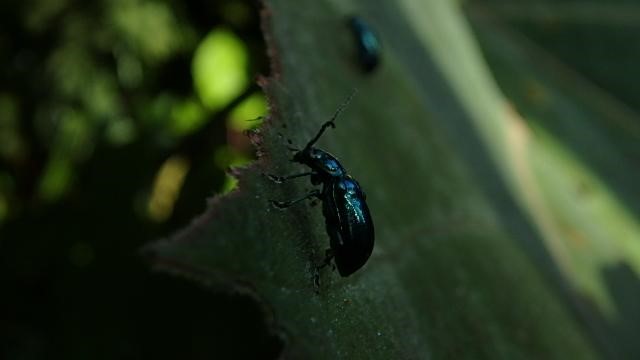
This experience was thoroughly eye-opening because I realized how little I know. I have seen a small piece of the spectacular diversity of life on the planet, and even here it has been overwhelming. I thought I had a fair amount of knowledge about plants and insects, but when it came down to identifying a small brown spider or a red fern, I was totally at a loss.
I gradually developed the skills and vocabulary I needed to identify organisms more accurately though. Being able to identify an organism’s family became much easier and the few that I narrowed to the level of genus or species constituted major victories. One of the most incredible changes that I have noticed is that I have become much more observant. You never know how much you are missing until you can tell the difference between organisms. Sure, a field is full of plants and animals. It becomes rewarding, though, when you understand what organisms are there and how they interact. I became much more dedicated to the project as I put in more time and effort. While it was often difficult or frustrating, I kept working and became more determined. This project is important because the data can be used by researchers to advance scientific knowledge, and I am really glad to be a part of that quest.
This guest post is by Margaret (Maggie) Wolf, a camps participant from 2015-2017 from Kansas City, KS. Last summer, Maggie participated in the Expedition Ecuador wildlife biology camp. Following this program, Maggie was selected for the 2017 Sternberg Camps data curation paid internship. With guidance, Maggie organized and entered wildlife documentation data from the Expedition Ecuador and Southwest Biology Camps into online databases iNaturalist and eBird. Maggie will be returning to the camps this coming summer as a teaching assistant.
To get a glimpse of Maggie’s work during her internship, please check out the Sternberg Science Camps pages on iNaturalist, and eBird.
